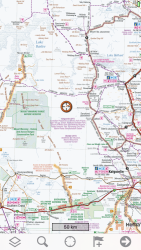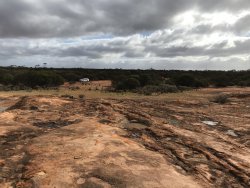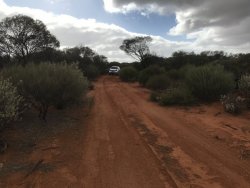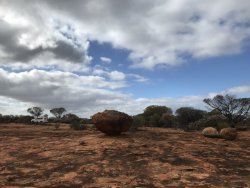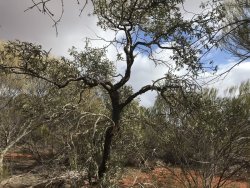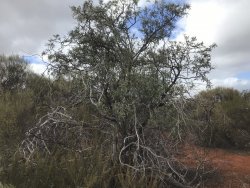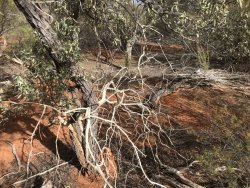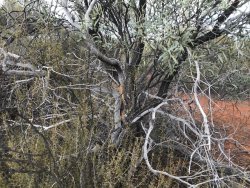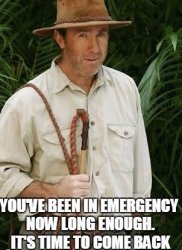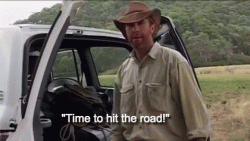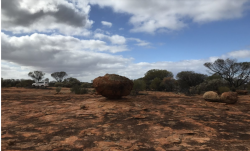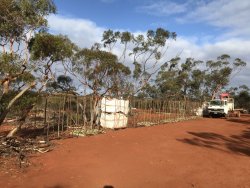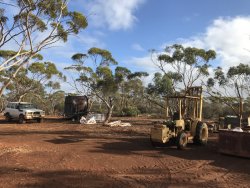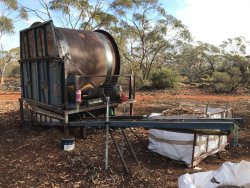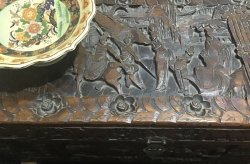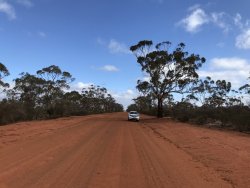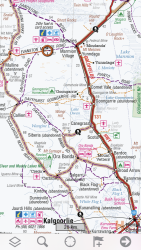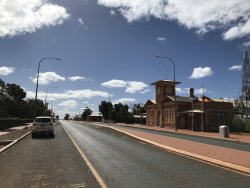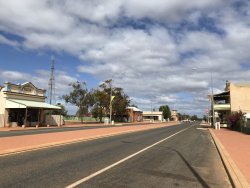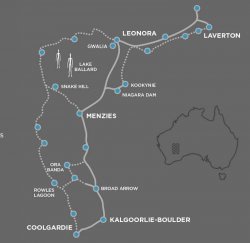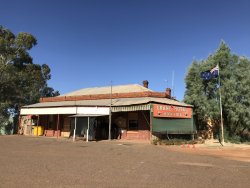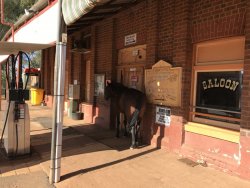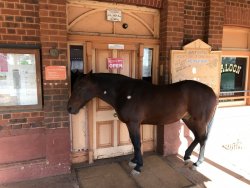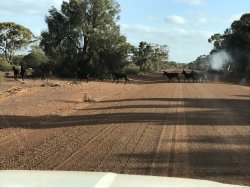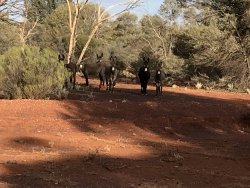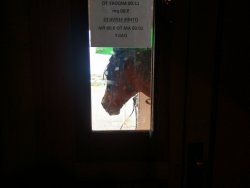- Joined
- Jun 7, 2006
- Posts
- 11,131
- Qantas
- LT Gold
Well, seeing I'm supposed to be a week or so into a 13-week DONE4, but most unlikely to be going anywhere overseas this year, I put into action a plan that has been lurking in the back of my mind for the last year or two: to change my sedan for a 4WD.
The week before Easter, I poked around the dealers and made a pretty much instant decision to go for it when the only 2020-build vehicle in WA that met my specs was available, with further shipments suspended. Delivery was the Friday after Easter.
Hmmm..., now where the hell to go, given that rigidly-enforced regional travel restrictions are in place in WA, to shake this baby down?
Fortunately, my elder son has a business in the Goldfields region that he operates much like FIFO - a few weeks on, then back to PERfection for R&R. He arrived back in PER the day I took delivery, for a little over a week's R&R. He has approval to travel between the Perth region and the Goldfields (which entails passing through the Wheatbelt). It's a tightly regulated industry that he operates in, but I have had for several years authority to work in his business.
Sweet - add me to the approved travel list with his staff and sub-contractors.
So, with that sorted, Monday last week we were out of town heading in convoy for Kalgoorlie and then out another couple of hundred clicks NW to where his operation is currently located.
Sailed through the major Checkpoint Charlie at The Lakes, about 50 Km out of Perth at the turnoff to York on Great Eastern Highway. Plain sailing from there.
The WA regions. Currently, anyone in PER can only travel within the Perth-Peel region (and who in their right mind wants to travel to Mandurah? ).
).
That is set to be relaxed next Monday when the South West, Great Southern and Wheatbelt are opened for PER peeps. (Busselton-Margaret River here I come next week!

 )
)
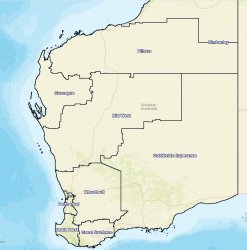
So, just a few pics from out bush.
Location:
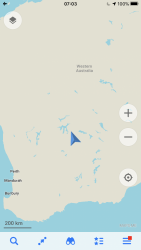
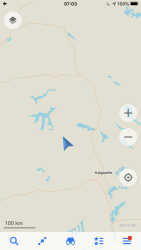
Tuesday, getting ready and then working out in the bush.
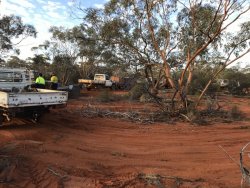
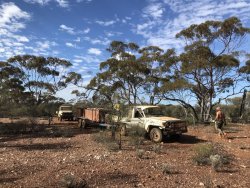
The bush flies were quite abundant. Almost every one of these on the slight scratch on my arm (yummy protein from my blood matures eggs) is a female. How do I know? - Just look at their eyes (you think I'm joking, don't you?...
matures eggs) is a female. How do I know? - Just look at their eyes (you think I'm joking, don't you?... 
 (Never let it be said a @JohnM TR is not educational...
(Never let it be said a @JohnM TR is not educational... ).
).
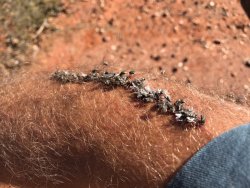
Camp - and the boys still like to work out. No gym closures out here .
.
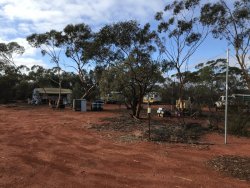
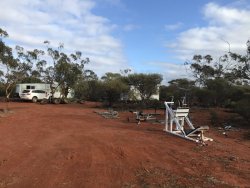
TBC...
The week before Easter, I poked around the dealers and made a pretty much instant decision to go for it when the only 2020-build vehicle in WA that met my specs was available, with further shipments suspended. Delivery was the Friday after Easter.
Hmmm..., now where the hell to go, given that rigidly-enforced regional travel restrictions are in place in WA, to shake this baby down?
Fortunately, my elder son has a business in the Goldfields region that he operates much like FIFO - a few weeks on, then back to PERfection for R&R. He arrived back in PER the day I took delivery, for a little over a week's R&R. He has approval to travel between the Perth region and the Goldfields (which entails passing through the Wheatbelt). It's a tightly regulated industry that he operates in, but I have had for several years authority to work in his business.
Sweet - add me to the approved travel list with his staff and sub-contractors.
So, with that sorted, Monday last week we were out of town heading in convoy for Kalgoorlie and then out another couple of hundred clicks NW to where his operation is currently located.
Sailed through the major Checkpoint Charlie at The Lakes, about 50 Km out of Perth at the turnoff to York on Great Eastern Highway. Plain sailing from there.
The WA regions. Currently, anyone in PER can only travel within the Perth-Peel region (and who in their right mind wants to travel to Mandurah?
That is set to be relaxed next Monday when the South West, Great Southern and Wheatbelt are opened for PER peeps. (Busselton-Margaret River here I come next week!

So, just a few pics from out bush.
Location:


Tuesday, getting ready and then working out in the bush.


The bush flies were quite abundant. Almost every one of these on the slight scratch on my arm (yummy protein from my blood

Camp - and the boys still like to work out. No gym closures out here


TBC...


